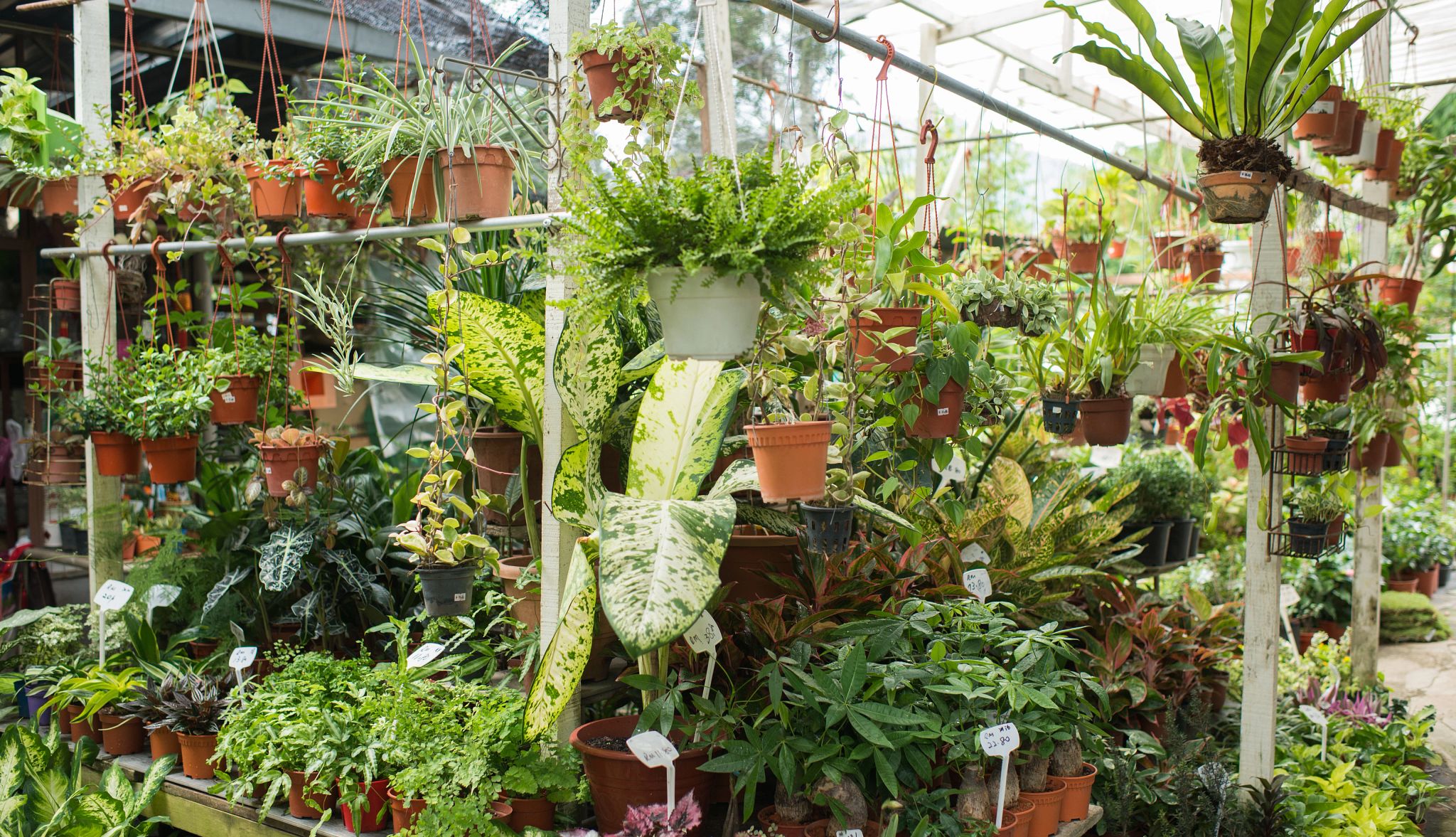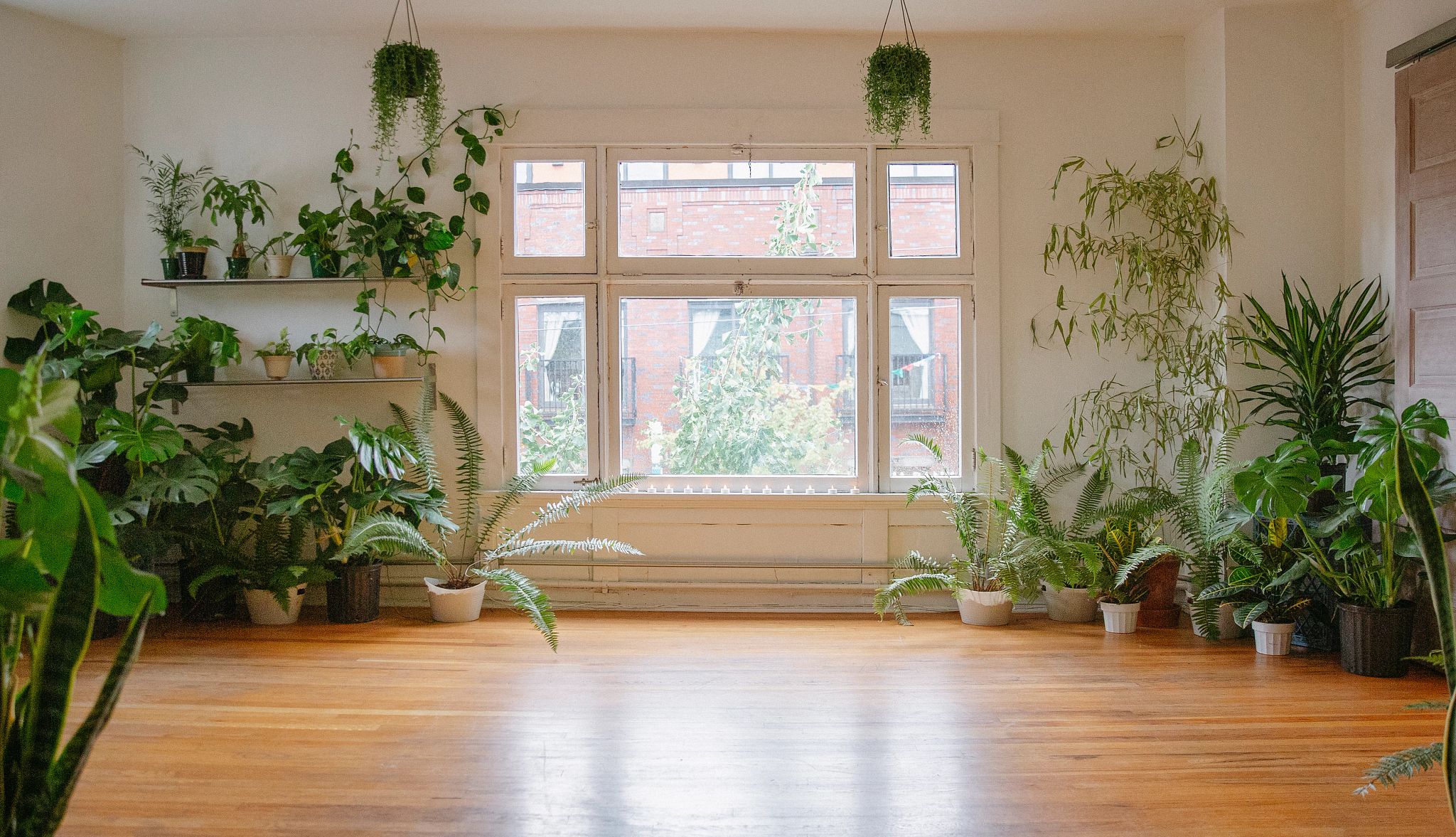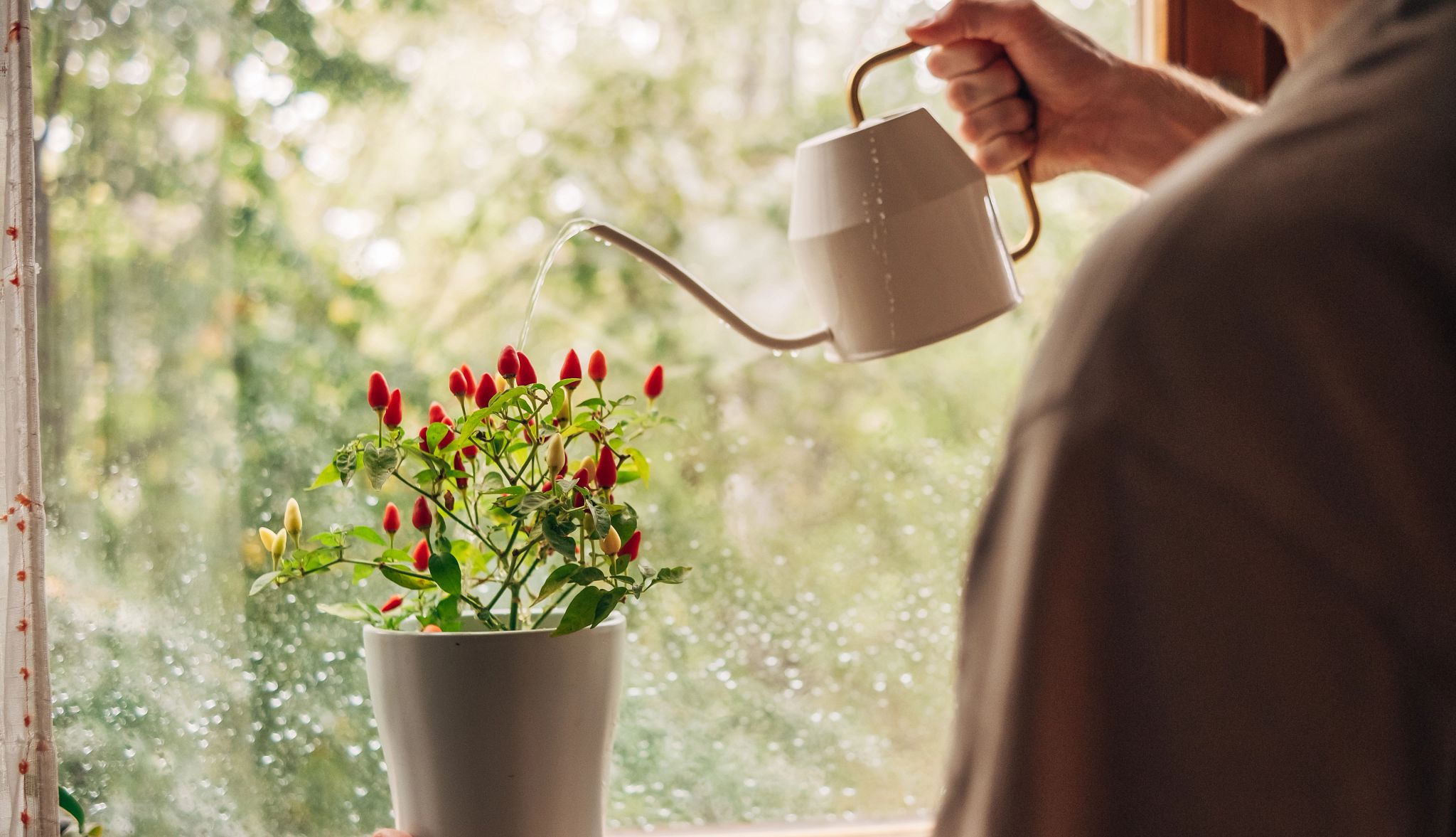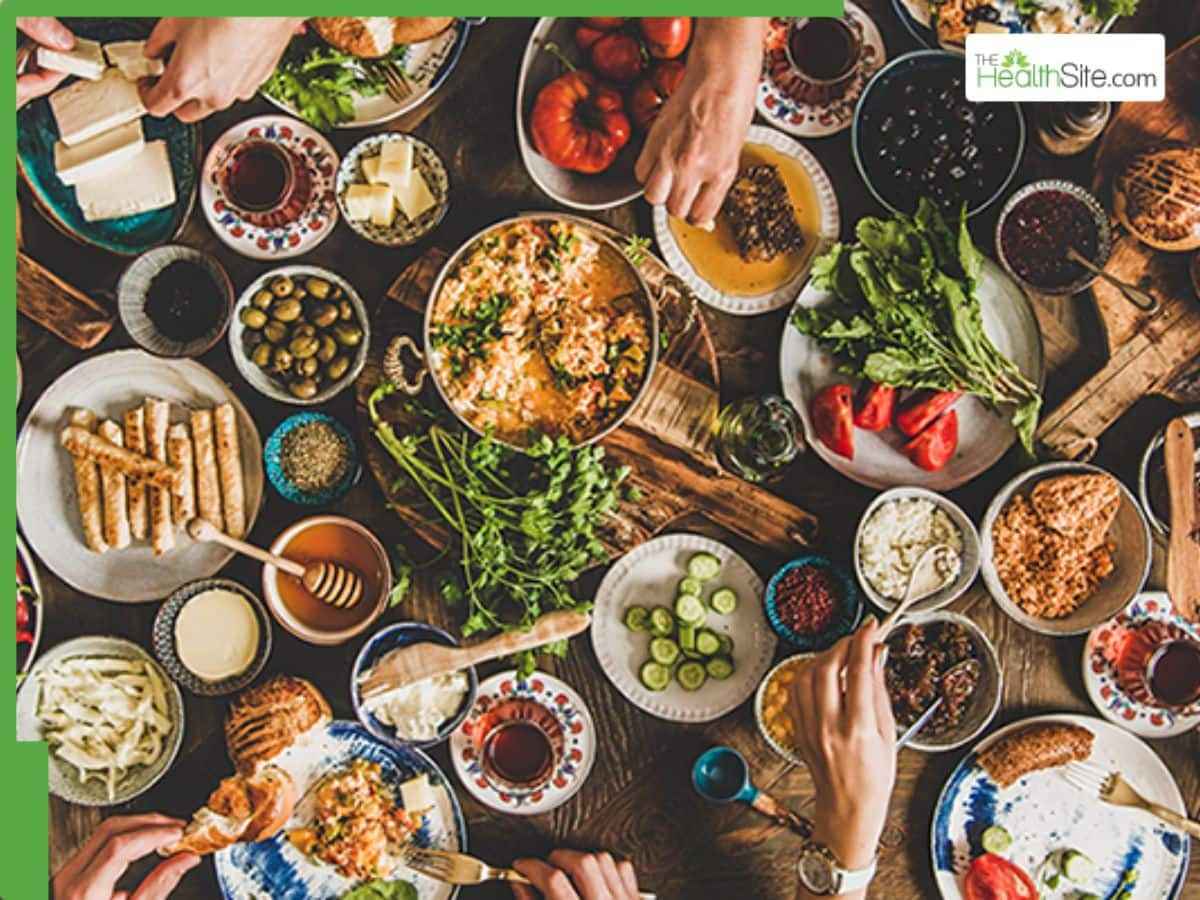Indoor Plants: How to Find Right Houseplants for You
Whether it’s a tiny terrarium or a giant Monstera deliciosa, indoor plants can heighten your style, lighten your mood, stimulate your brain and lead to new friends and adventures.
Plants are not only an affordable way to brighten your rooms; they also have psychological and health benefits. A 2022 review of recent research, published in the International Journal of Environmental Research and Public Health, shows that caring for plants can lower blood pressure, calm us down and keep our minds sharper. And a 2021 study of older adults published in the same journal found that tending to indoor plants also improved eye-hand coordination, positivity and attitudes toward aging.
While buying a plant might seem like a solo act, it can lead to more socialization, one of the prime drivers of health as we age. Want to meet people? Attend a plant swap, take a class, pop into the local garden store or join a social media page focused on your favorite orchid.
Don’t stress over whether you have a green thumb. There are plants for every kind of indoor gardener. All that’s required is some light, some dirt, a pot and a plant. Here’s where to start.
BEFORE YOU BUY

If you’re thinking about adding indoor plants to your home, consider the following: Do they match your personality? Can you fit them into your living space? Are they easy to care for?
Getty Images
It’s crucial to know how much time and energy you’re willing to give to plants, says Christopher Griffin, a.k.a the Plant Kween of Instagram. He’s the author of You Grow Gurl!, an advice book based on his self-care approach to the 200 or so plants in his 800-square-foot Brooklyn apartment. Griffin urges people to consider several questions before committing to a specific plant.
For example, is this a plant I can take on? How much care will it need? Are you what Griffin calls a plant “overlover” who might overwater, or do you need a plant that can withstand some neglect because you travel a lot? Are there small children or pets around? What are your personal routines, habits and behaviors? The answers to those questions should be your guide for creating and caring for your indoor garden, Griffin says.
Keep in mind, though, that finding a plant that works for you takes a bit of trial and error. “It’s like dating,” says Griffin. “You gotta give it a try, go out on a few dates before you figure out if it’s gonna work or not. I encourage folks to lean into curiosity and be adventurous.”

Access to light is the most important factor when deciding whether you want to take on this hobby.
Getty Images
Access to light is crucial for houseplants, says Lauren Delorenze, production greenhouse manager at Phipps Conservatory and Botanical Gardens in Pittsburgh. For example, if there are areas of your home with southern exposure — the brightest light — choose a plant that loves direct sun and put it right in front of a window, she says.
Also, consider your home’s layout. “You don’t want to buy a massive plant if you don’t have space for a massive plant, because then you’re just going to get frustrated and you’re not going to be able to care for it correctly,” Delorenze says.
Think ergonomically, says Ari Novy, CEO and executive director of the San Diego Botanic Garden in Encinitas, California. If you’re unable to bend down to water, put your plants on stands, says Novy, a biologist whose grandmother tended plants into her 90s. When she no longer felt comfortable standing on a step stool to water them, she used a squeezable bottle with a long spout. She also put her plants near where she could hold on to the couch for balance.
Griffin sees plants as a way to connect with people. “I think of plants as a little classroom, and there are multiple conversations that you can be having,” he says. “Does that get you into conversations around eco-conscious gardening? Does that get you into conversations around conservation? Does that get you into a conversation around landscape or sustainability? Honestly, I’ve been in all those conversations, just because I decided to bring nature into my home and the people that it’s connected me with.”
CONSIDER YOUR LIGHT SOURCES
How well a plant grows is based purely on the amount of available light, says Darryl Cheng, an industrial engineer who writes the House Plant Journal website and is the author of The New Plant Parent and The New Plant Collector. All plants depend on six basic things to grow, Cheng says: light, water, soil structure, soil nutrients, temperature and humidity. But light is the most important. “Anybody who you think has a green thumb simply has the largest, unobstructed windows,” he says.
Cheng dislikes inexact descriptions of plant light requirements like “indirect” or “bright,” so he uses a light meter, which you can buy starting at about $20. While there are some smartphone apps that also measure light, Cheng prefers the precision of a meter. Meters measure light in foot-candles (ft-c), defined as one lumen of light per square foot. For example, he says, bright indirect light or up to four hours of sun a day — a good amount for most indoor tropical plants — is defined as 400 to 800 ft-c. Using a meter, you can see how the light changes on a cloudy day, or as you move from window to window or farther back from the pane. If you’re considering artificial lights for plants, it’s essential to have a light meter so you don’t burn them, Cheng says. The UF/IFAS Extension Service, associated with the University of Florida, has a list showing how different ftc light levels compare to common descriptions like “direct sunlight.”
For a quick estimate of light, use the shadow of your hand or foot, says Griffin. If the shadow is strong and clearly defined, it’s “bright with some direct light.” If it’s fuzzy, the light is “bright but indirect.” If the shadow is faint, consider the area low-light. “The shadow test is really one to get people to start thinking about how light is traveling through their space,” he says.
LEARN TO WATER CORRECTLY

When it comes to watering your plants, less is often more.
Getty Images
People tend to overwater their plants rather than under-water, says Delorenze. How to know when to water? Use your finger to test below-the-soil surface for dryness, or try a chopstick, says Megan Cain, owner of The Zen Succulent, an online plant store based in Durham, North Carolina. If the chopstick comes out clean, it’s time to water. But if there’s soil sticking to it, she might wait a few days. A good rule to remember: The top 50 percent of indoor plant soil dries out quickly, while the moisture stays in the bottom 50 percent, she says.
Make sure your plant is in the proper-size pot. For example, a 4-inch plant should be in nothing larger than a 6-inch pot. Planting that same 4-inch plant in a 12-inch pot leaves too much soil around the root system, and watering will introduce more moisture than the plant can manage. Because the roots aren’t filling that space, the excess water just lingers and creates the perfect conditions for root rot, Cain says.
Plants need less water in the winter because there’s less light, says Delorenze. “In the summer, you’re going to probably water more, because there’s more light and it’s hotter,” she says. Until you get to know your plants, check them every other day, she advises: “You never want plants to dry down completely to the point where they’re dust.”
If you forgot to water and your plant is wilting like a sad sack, Delorenze says to give it a soak. Place it in a sink or bucket filled with a couple of inches of water, and it will draw that water up. Once it recovers, cut off any dead bits. But maybe skip the next fertilization, because that might stress out the roots, she notes.
You may also like...
Diddy's Legal Troubles & Racketeering Trial

Music mogul Sean 'Diddy' Combs was acquitted of sex trafficking and racketeering charges but convicted on transportation...
Thomas Partey Faces Rape & Sexual Assault Charges

Former Arsenal midfielder Thomas Partey has been formally charged with multiple counts of rape and sexual assault by UK ...
Nigeria Universities Changes Admission Policies

JAMB has clarified its admission policies, rectifying a student's status, reiterating the necessity of its Central Admis...
Ghana's Economic Reforms & Gold Sector Initiatives

Ghana is undertaking a comprehensive economic overhaul with President John Dramani Mahama's 24-Hour Economy and Accelera...
WAFCON 2024 African Women's Football Tournament

The 2024 Women's Africa Cup of Nations opened with thrilling matches, seeing Nigeria's Super Falcons secure a dominant 3...
Emergence & Dynamics of Nigeria's ADC Coalition

A new opposition coalition, led by the African Democratic Congress (ADC), is emerging to challenge President Bola Ahmed ...
Demise of Olubadan of Ibadanland
Oba Owolabi Olakulehin, the 43rd Olubadan of Ibadanland, has died at 90, concluding a life of distinguished service in t...
Death of Nigerian Goalkeeping Legend Peter Rufai

Nigerian football mourns the death of legendary Super Eagles goalkeeper Peter Rufai, who passed away at 61. Known as 'Do...

-1752229772382.png)
-1752243015675.webp)



